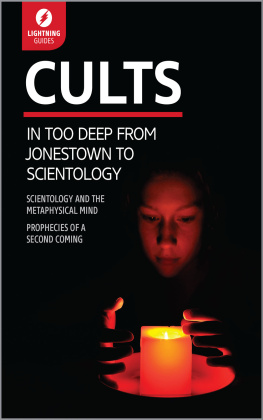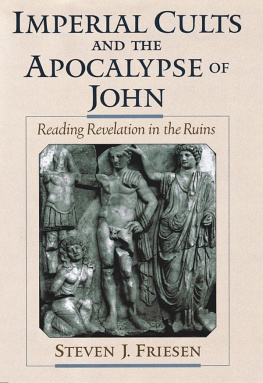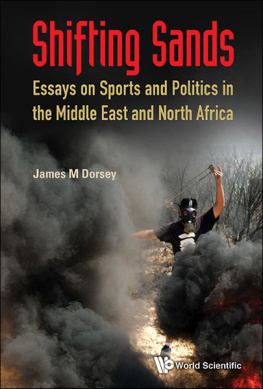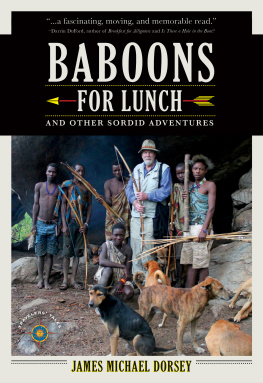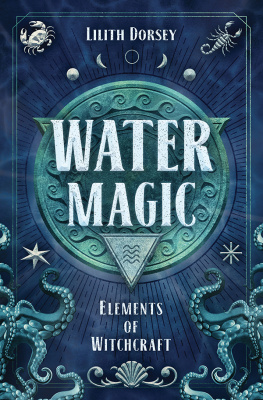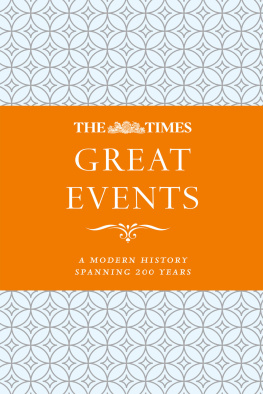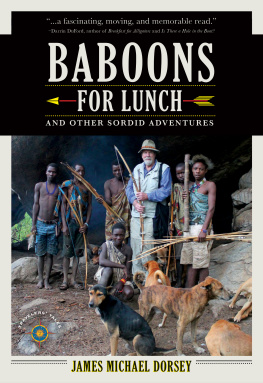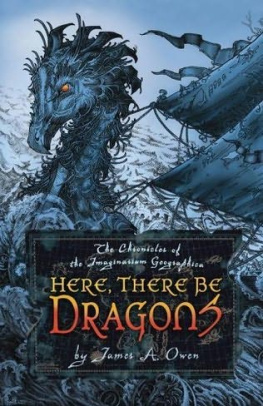Chapter I.
Introduction
Definitions of Cult and Siouan
1. Cult, as used in this article, means a system of religious belief and worship, especially the rites and ceremonies employed in such worship. The present article treats of the cults of a few of the Siouan tribesthat is, with two exceptions, of such tribes as have been visited by the author.
Siouan is a term originated by the Bureau of Ethnology. It is derived from Sioux, the popular name for those Indians who call themselves Dakota or Lakota, the latter being the Teton appellation. Siouan is used as an adjective, but, unlike its primitive, it refers not only to the Dakota tribes, but also to the entire linguistic stock or family.
Siouan Family
The Siouan family includes the Dakota, Assiniboin, Omaha, Ponka, Osage, Kansa, Kwapa, Iowa, Oto, Missouri, Winnebago, Mandan, Hidatsa, Crow, Tutelo, Biloxi, Catawba, and other Indians. The Sapona, who are now extinct, probably belonged to this family.
The author was missionary to the Ponka Indians, in what is now part of Nebraska, from 1871 to 1873. Since 1878 he has acquired native texts and other information from the Omaha, Ponka, Osage, Kansa, Winnebago, Iowa, Oto, Missouri, and Dakota.
In seeking information respecting the ancient beliefs of the Indians the author has always found it expedient to question the Indian when no interpreter was present.
Authorities
2. This study is based for the most part upon statements made by Indians, though several publications were consulted during the preparation of the fifth and sixth chapters.
The following Indians had become Christians before the author met them: Joseph La Flche, Frank La Flche, John Big Elk, and George Miller, all Omaha. Joseph La Flche, who died in 1888, was the leader of the civilization party in the Omaha tribe after 1855. He was at one time a head chief. He spoke several Indian languages, having spent years among other tribes, including the Pawnee, when he was in the service of the fur company. His son, Frank, has been in the Indian Bureau at Washington since 1881. The author has obtained considerable linguistic material from the father and son. The father, with Two Crows, aided the author in the summer of 1882 in revising his sociologic notes, resulting in the preparation of Omaha Sociology, which was published in the third annual report of the director of the Bureau of Ethnology. John Big Elk, a full Omaha, of the Elk gens, furnished an article on Sacred Traditions and Customs, and several historical papers, published in Contributions to North American Ethnology, Vol. VI. George Miller, of the Ictasanda or Thunder gens, is a full Omaha, from whom was obtained nearly half of Chapter III, including most of the Omaha illustrations.
The following Indians were not Christians: Gahige, Two Crows, ai-napaj, and Samuel Fremont, all Omaha; Nuda-axa, a Ponka; and the Kansa, Osage, Missouri, Iowa, and Winnebago informants.
Two Crows has been connected in several ways with the ancient organizations of his people. He has been a head man, or nikagahi, being thus an ex-officio member of the class which exercised the civil and religious functions of the state. He has been a policeman during the buffalo hunt. He has acted as captain, or war chief, and he is the leading doctor in the order of Buffalo shamans, being the keeper of the sweet medicine.
ai-napaj, or He-who-fears-not-the-sight-of-a-Pawnee, is a member of the Black Bear subgens, and he is also one of the servants of the Elk gens, it being his duty to be present at the sacred tent of that gens, and to assist in the ceremonies pertaining to the invocation of the Thunder Beings.
Gahige was the chief of the Ike-sab, a Buffalo gens, and at the time of his death he was the keeper of the two sacred pipes.
Samuel Fremont is a member of the Eagle subgens. He came to Washington in the autumn of 1888 and assisted the author till February, 1889.
Nuda-axa is a chief of a part of the Thunder-Being gens of the Ponka. The author has known him since 1871.
The other Indian authorities need not be named, as they are in substantial agreement.
The following authorities were consulted in the preparation of the Dakota and Assiniboin chapter:
Bruyier ( John ), a Dakota, MS. Teton texts. 1888. Translated by himself. Bureau of Ethnology.
Bushotter ( George ), a Dakota, MS. Teton texts. 1887-88. Translated by J. Owen Dorsey. Bureau of Ethnology.
Fletcher (Miss Alice C. ), The Sun-dance of the Ogalalla Sioux. In Proc. Am. Assoc. Adv. Sci., Montreal Miss meeting, 1882, pp. 580-584.
Fletcher (Miss Alice C. ), several articles in Rept. Peabody Museum, vol. 3, 1884, pp. 260-333.
Hovey (Rev. H. C. ), Eyay Shah, in Am. Antiquarian, Jan., 1887, pp. 35, 36.
Long (Maj. S. H. ), Skiff Voyage to Falls of St. Anthony. In Minn. Histor. Soc. Coll., vol. II, pt. 1, pp. 18, 19, 55.
Lynd ( J. W. ), Religion of the Dakotas. In Minn. Histor. Soc. Coll., vol. II, pt. 2, pp. 57-84.
Pond ( G. H. ), Dakota Superstitions. In Minn. Histor. Soc. Coll., vol. II, pt. 3, pp. 32-62.
Riggs ( S. R. ), Theogony of the Sioux. In Am. Antiquarian, vol. II, No. 4, pp. 265-270.
. In Am. Antiq., vol. V, 1883, p. 149.
. In Am. Philolog. Assoc. Proc., 3d An. Sess., 1872, pp. 5, 6.
. Tah-koo Wah-kon, or, The Gospel Among the Dakotas, 1869.
Say ( Thos. ), in James (E.), Account of Longs Exped. Rocky Mts., vol. I, Phil., 1823.
Shea ( J. Gilmary ), Am. Cath. Missions, N. Y. (after 1854).
Smet (Rev. P. J. de ), Western Missions and Missionaries, N. Y. (n. d.).
Woodburn (Dr. J. M. , Jr.), MS. Letter and Teton Vocabulary, 1890. Bureau of Ethnology.
Alphabet
3. With the exception of seven letters taken from Riggss Dakota Dictionary, and which are used only in the Dakota words, the characters used in recording the Indian words occurring in this paper belong to the alphabet adopted by the Bureau of Ethnology.
a, as in father.
a, an initially exploded a.
, as in what, or as o in not.
, an initially exploded .
, as in hat.
c, as sh in she. See .
, a medial sh, a sonant-surd.
(Dakota letter), as ch in church.
, as th in thin.
, a medial , sonant-surd.
, as th in the.
e, as in they.
e, an initially exploded e.
, as in get.
an initially exploded .
g, as in go.
(in Dakota), gh. See x.
(in Osage), an h after a pure or nasalized vowel, expelled through the mouth with the lips wide apart.
(in Dakota), kh, etc. See q.
i, as in machine.
i, an initially exploded i.
, as in pin.
j, as z in azure, or as j in the French Jacques.
a medial k, a sonant-surd.
k, an exploded k. See next letter.
(in Dakota), an exploded k.
(in Dakota), after a vowel has the sound of n in the French bon. See .
(in Kansa), a medial m, a sound between m and b.
, as ng in sing.
hn, its initial sound is expelled from the nostrils and is scarcely heard.
o, as in no.
o, an initially exploded o.
d, a medial b or p, a sonant-surd.




